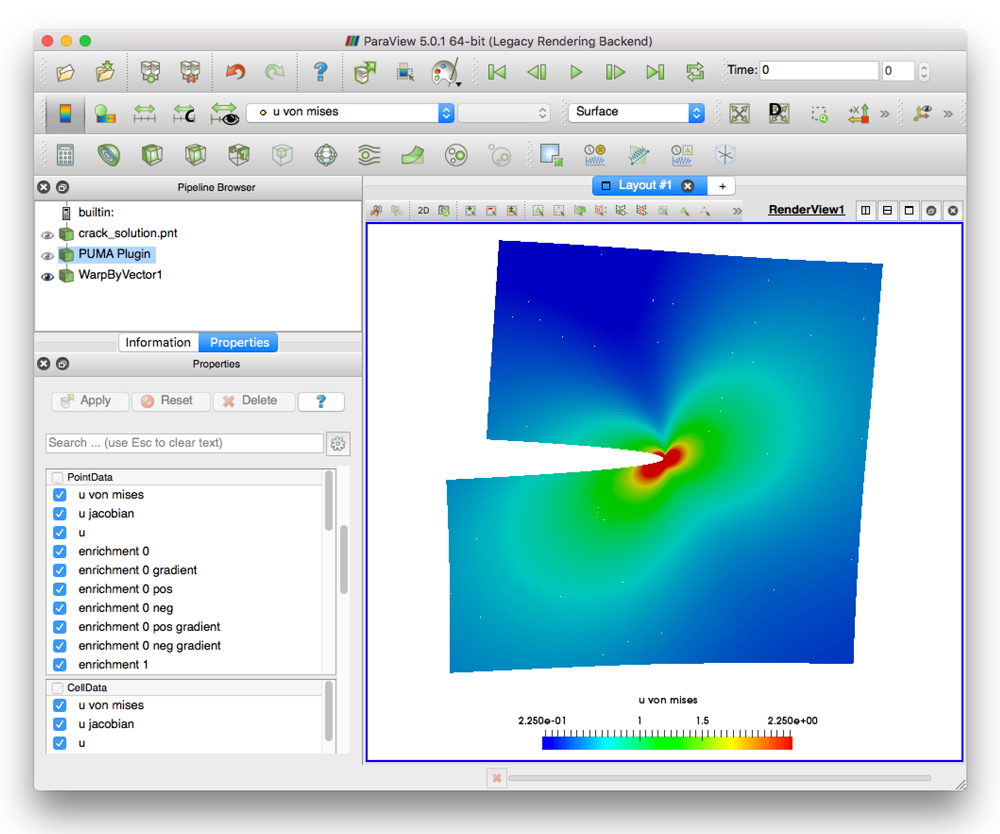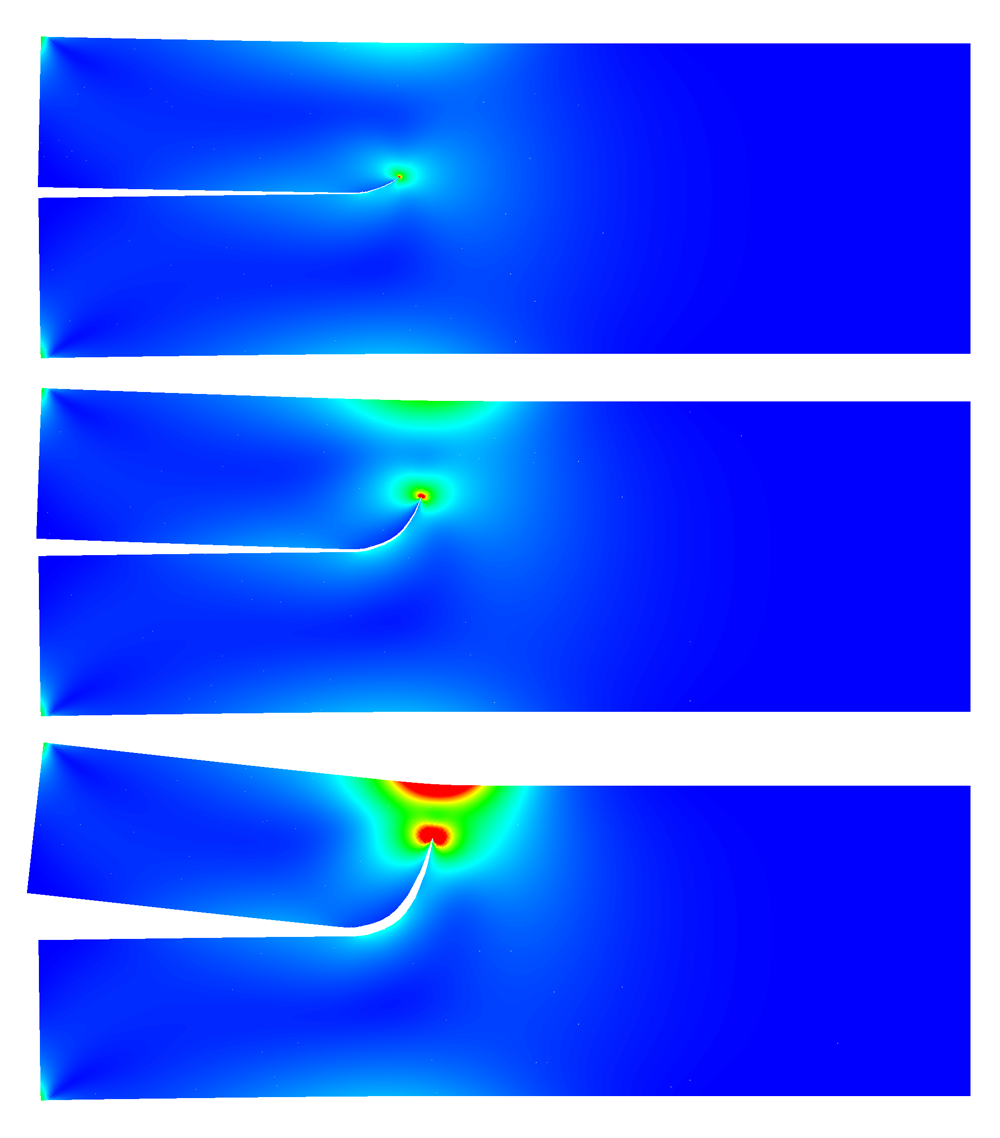
The PUMA software toolkit allows engineers to quickly implement simulation applications using generalized finite element techniques based on the partition of unity method (PUM). Compared to classical finite element methods (FEM), a PUM can directly utilize user insight, domain-specific information and physics-based basis functions in order improve the approximation properties of the model and to reduce the computational cost substantially. PUMA thus allows for the rapid evaluation of novel models.
An introduction to the PUM can be found in
M. A. Schweitzer. A Parallel Multilevel Partition of Unity Method for Elliptic Partial Differential Equations, Volume 29 of Lecture Notes in Computational Science and Engineering, Springer, 2003.



